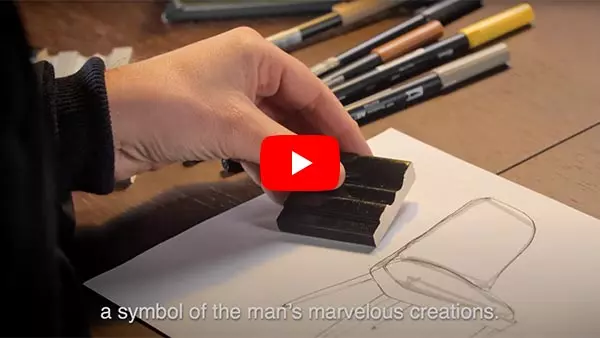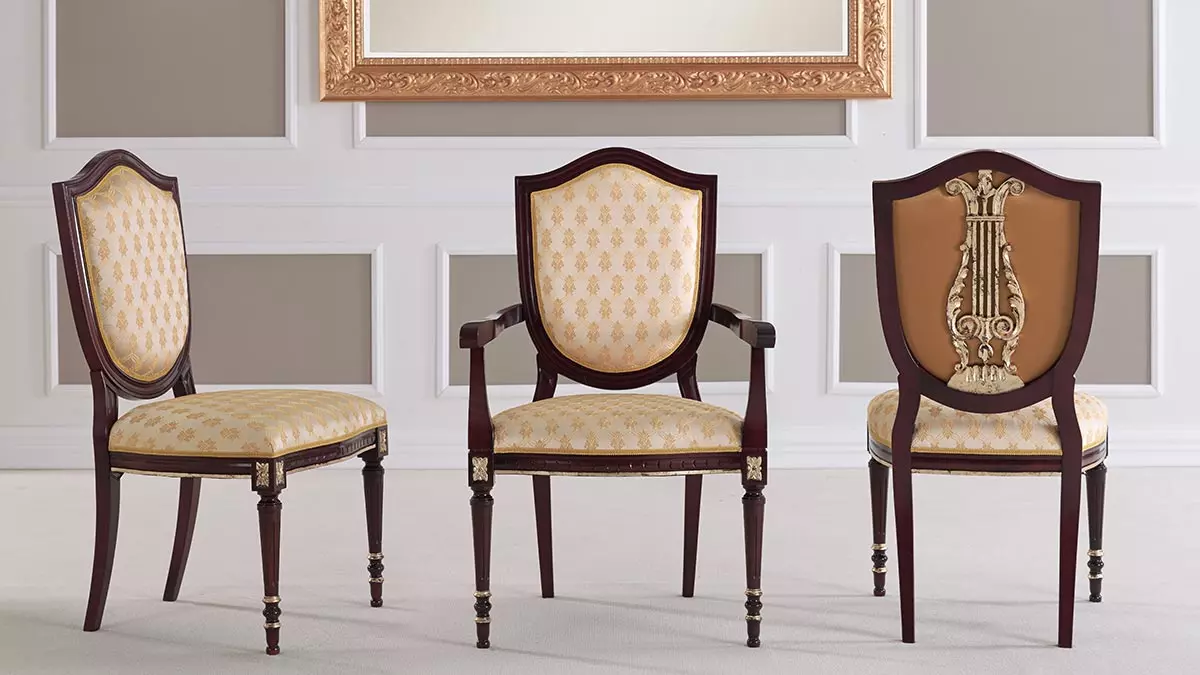
Manufacture of chairs in Italy: a story of a long tradition
There are districts of Italy where furniture manufacturers have been focusing for many decades on the production of high quality chairs.The largest chairs industries have been mostly developing models suitable for mass production ideal to be used as hotel and restaurant chairs. They are mainly based on the north-east of Italy. Brianza (Lombardy), Manzano (Friuli Venezia Giulia), Bassano del Grappa, Cerea and Bovolone (Veneto) are some of the world famous areas for the production of Italian furniture.
The production of the first chairs in these areas dates back to the medieval time but the step into mass production can be placed right at the beginning of the 20th centuries.
Italian furniture manufacturers are well known for their exquisite design and style: many italian producers have developed design chairs, which are part of some exclusive luxury furniture collection.
These are unique and often designed by famous Italian architects and designers, as Carlo Mollino, Scarpa Afra e Tobia, Gio Ponti, Giuseppe Gaetano Descalzi and Harry Bertoia.
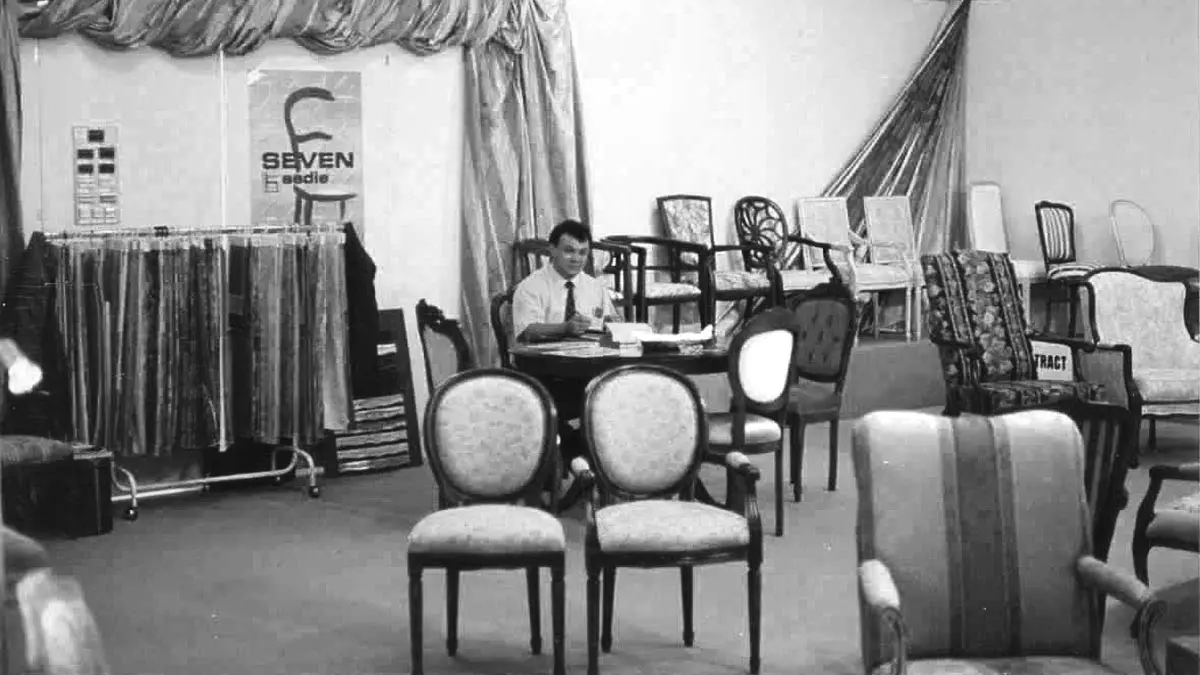 Mr Diego Piva, founder of Sevensedie, promoting his Italian chairs at the Triveneto furniture trade fair in Verona back in 1983.
Mr Diego Piva, founder of Sevensedie, promoting his Italian chairs at the Triveneto furniture trade fair in Verona back in 1983.
Italian chair designs: classic, modern or contemporary?
An Italian chair design can be:
Classic
Modern
Contemporary
The difference between a classic chair, a contemporary or a modern chair is mainly in the design, but also in the materials. A classic italian chair is normally made of wood, while modern and contemporary Italian chairs often use metal, fiberglass and plexiglass frame.
Italian design stands for luxury. A luxury Italian furniture collection must always include one or more chair designs. The chair is an element that gives the designer the opportunity to fully express his own creativity by mixing the actual design of the chair with special finishes for the structure, with exclusive designer fabrics and with unique high quality leathers.
The Italian chair is not a product exclusively for residential use. It is often designed specifically for hotels or restaurants. In fact, chairs for hotels and restaurants require the use of certain specific adjustments to make the structure of the chair more resistant, or to make it stackable.
Manufacturing process of the Italian chair
Although the production process of the Italian chair has been strongly influenced by technological progress, our craftsmanship tradition is still present in the territory.
An Italian chair is still handmade furniture.
An high quality italian chair is the result of many work phases, all equally important. Here below we see how a classic wooden chairs frame is produced in our factory.
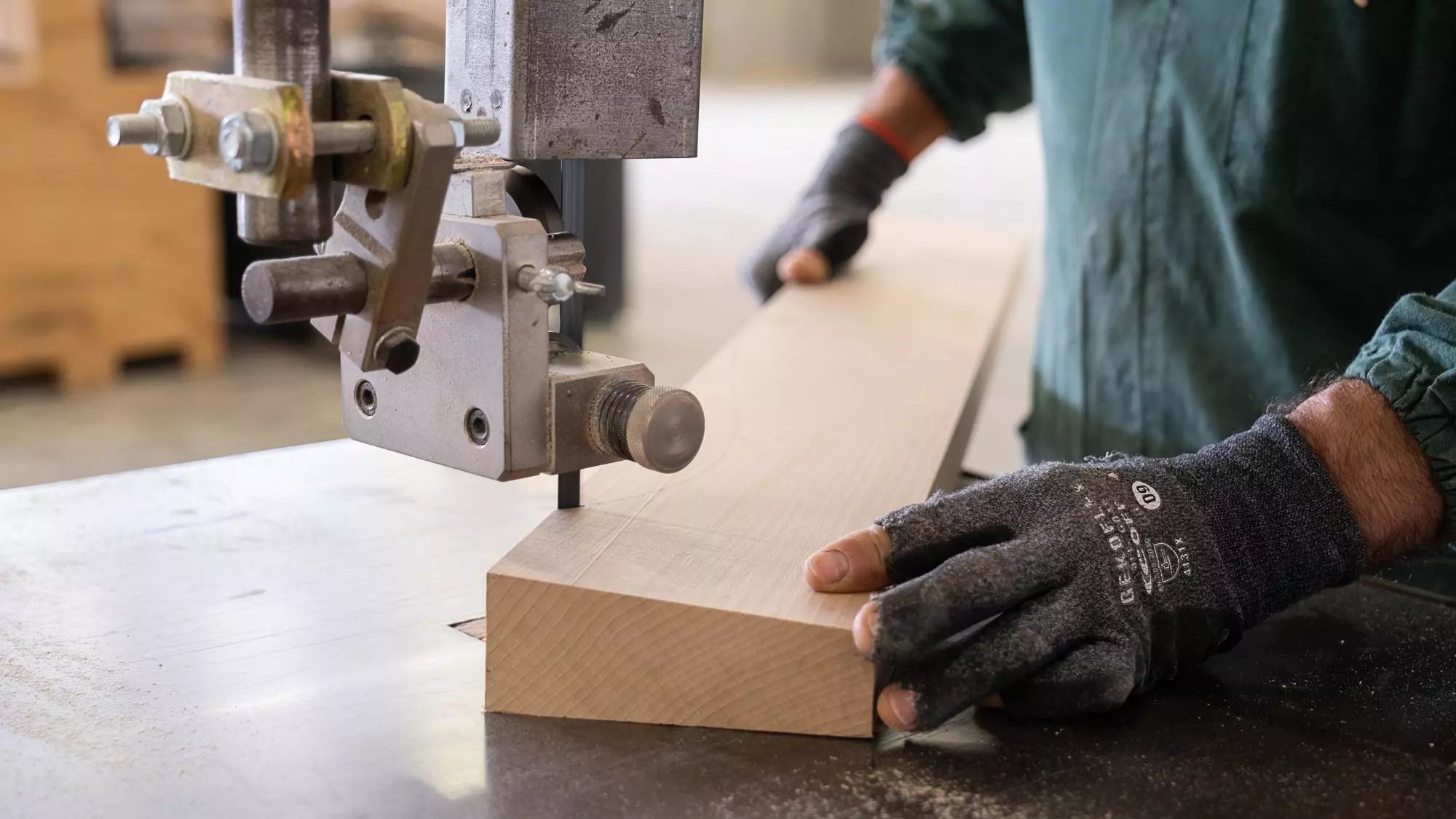
Drying and cutting
After being dried the wood, in this case beech, is cut to obtain the different pieces that make up the chair. The drying phase is of fundamental importance as the humidity of the wood influences the final quality of the piece. All elements are dry to a humidity level between 8% and 11%.
Finishing
This is the last major process before the final assembly. Great care and attention to detail are the characterising elements of this phase which is carried out by experienced workers. This process has the aim of embellishing the product but also protecting the wood to avoid deterioration.
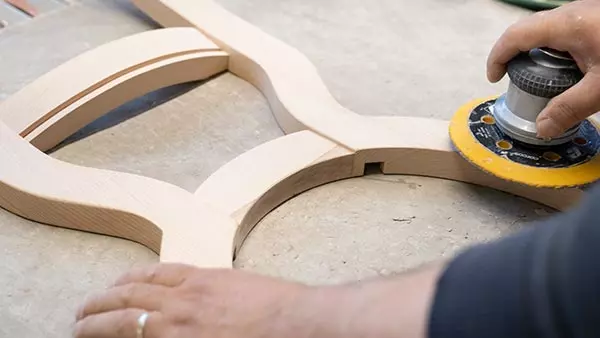
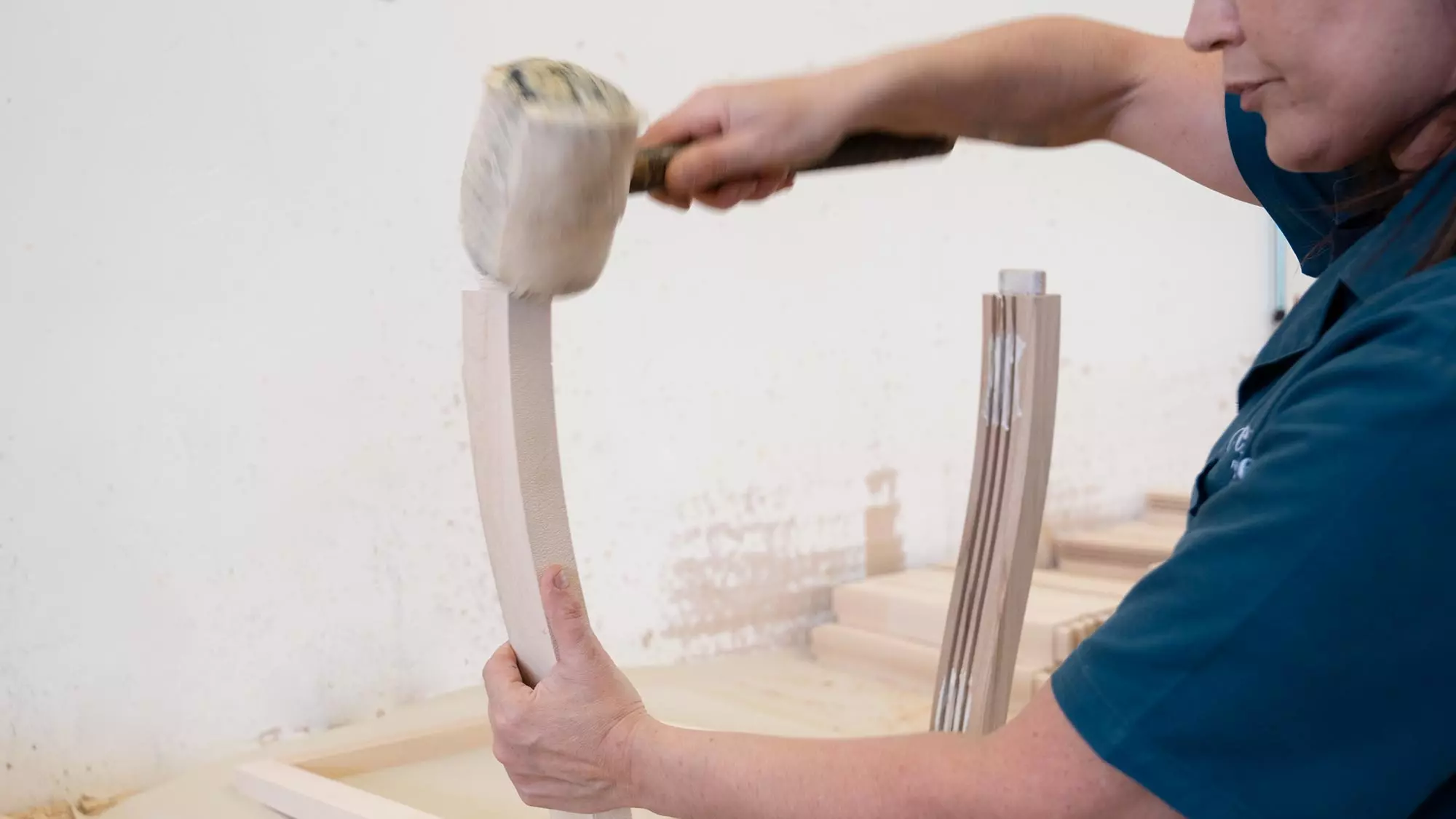
Assembly
The carefully finished pre-assembled parts are joined together to form the frame of the product. In this phase, as in pre-assembly, the glue is carefully dosed to adequately fix the components. During the assembly phase the stability, levelling and perfect symmetry of the chair are carefully checked.
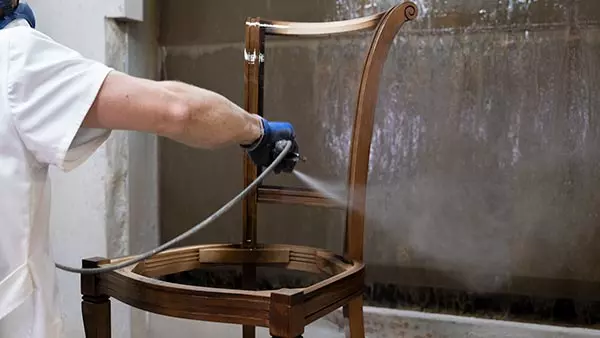
Polishing and lacquering
Polishing is a necessary operation in order to preserve the wood; lacquering entails the homogenous application, on the entire surface of the product, of "coats" of varnish in the required colour to give luminosity and add decorative effects to the product. There are different types of lacquering processes, from the classic one that uses nitro-based products to the ecological one that uses water-based products, up to the application of precious silver or gold leaf. Lacquering requires great skill to avoid undulations or other unpleasant effects on the product surface
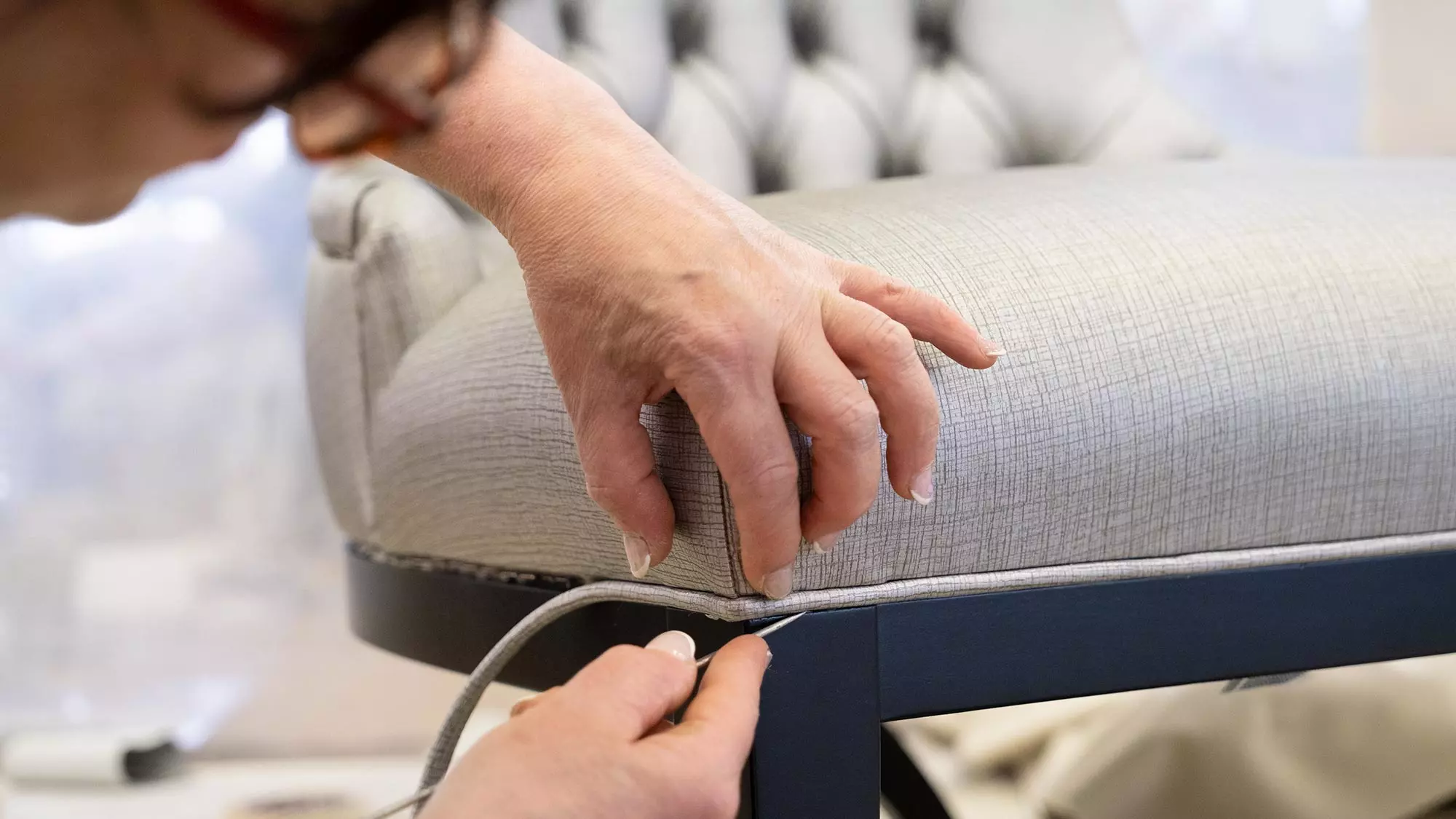
Upholstery
A department of the company is entirely dedicated to this phase in which the frame is padded and upholstered. Webbing and springs are skilfully fixed by hand to guarantee the best resistance of the seats over time. A great variety of fabrics and leathers are available and are continuously updated.
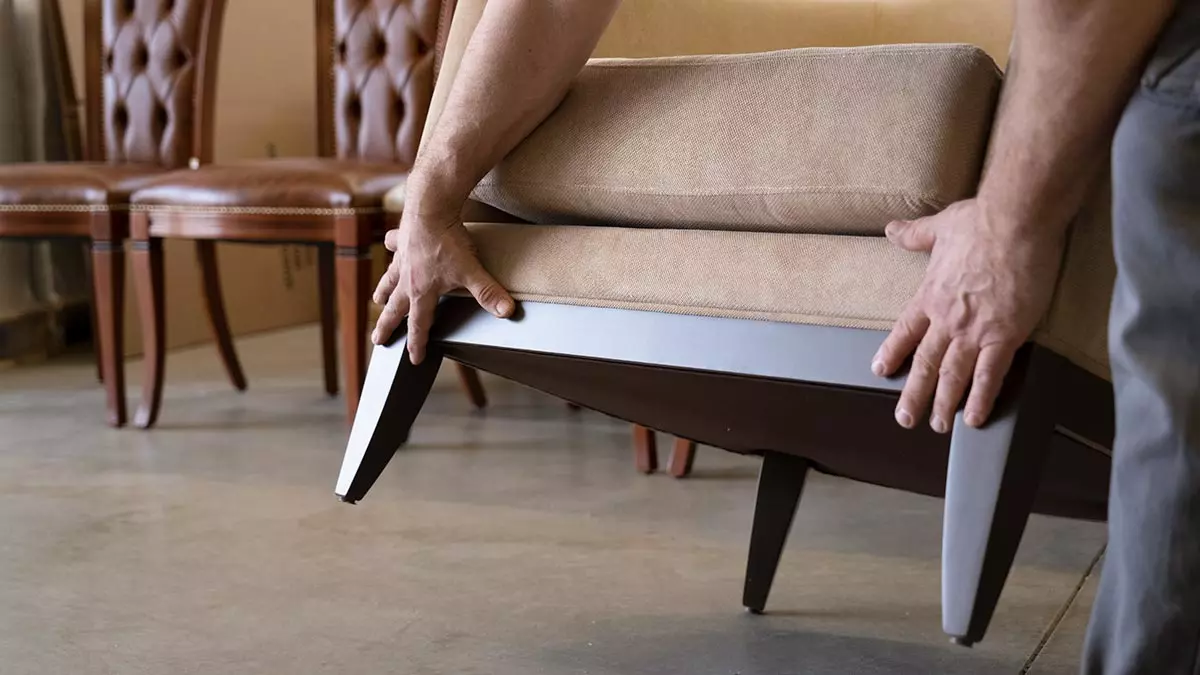
Final quality control check and delivery
Each furniture product is carefully checked at the end of every manufacture-phase. In this final phase each item is meticulously checked for defects to make sure that the product meets customer requirements. A detailed check-up is carried out to check that the quality of the finish, upholstery and frame satisfy the standards required for all Sevensedie Italian chairs and furniture products. Once the piece has successfully passed these checks it is packaged, labelled and stored in the warehouse ready for delivery.
Packaging
We ship our products all over the world. To ensure that every single item will reach its destination in perfect conditions, we must pay great attention to packaging. Packaging of each single model is individually design to ensure the maximum level of protection during transport. Depending on the products sizes and weight, we choose the best kind of protection and right kind of cardboard. We pack most of our articles in cardboard boxed with the exception of the large marble or glass tops: these more fragile elements comes generally in wooden crates. On request, wooden crate packaging is available for all articles. Packaging retains the product intact throughout its logistics chain from manufacturer to the end user; we regards packaging as one of the most important phase of our production process.
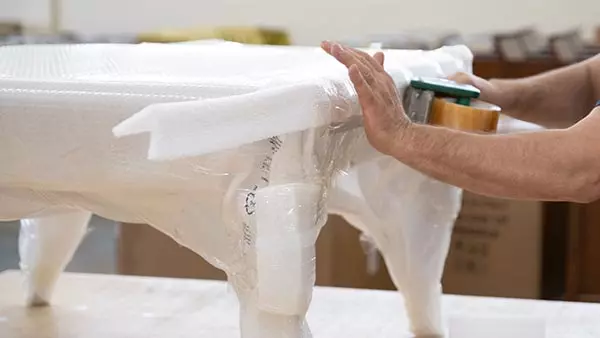
Shall we customize your Italian chair?
We provide our clients in the contract sector with professional advice for the choice of style and characteristics of the furniture.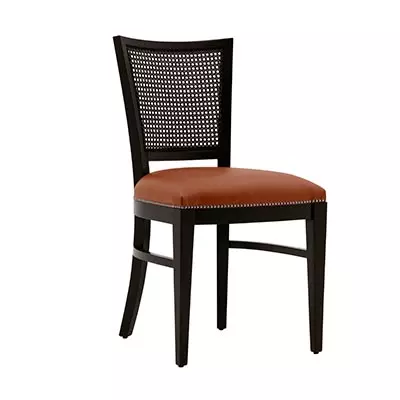 The bespoke Italian restaurant chair MINUS
The bespoke Italian restaurant chair MINUS
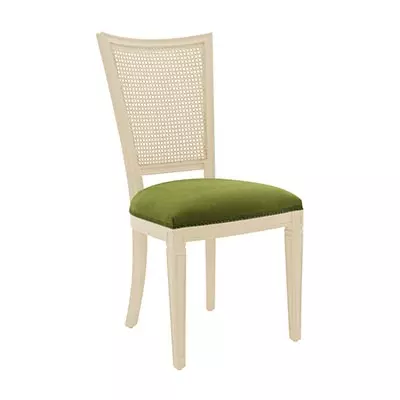 The Italian classic chair PRAGA
The Italian classic chair PRAGA
On several occasions we have created bespoke furniture for a restaurant or hotel. For example we customized the classic chair PRAGA for an Italian restaurant in Milan and produced the bespoke restaurant chair MINUS with a much more contemporary look.
The wide product range covering virtually any furniture element from the chairs and tables in the restaurant to the bespoke wardrobe in the bedrooms.
We produce quality furniture with an original and unique Italian design at very affordable prices.
Well, now it's time to discover our production of Italian chairs!
View Sevensedie's Italian Chairs

